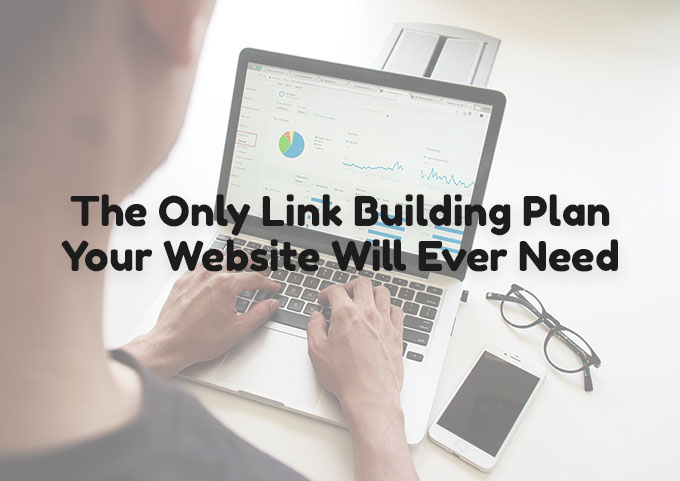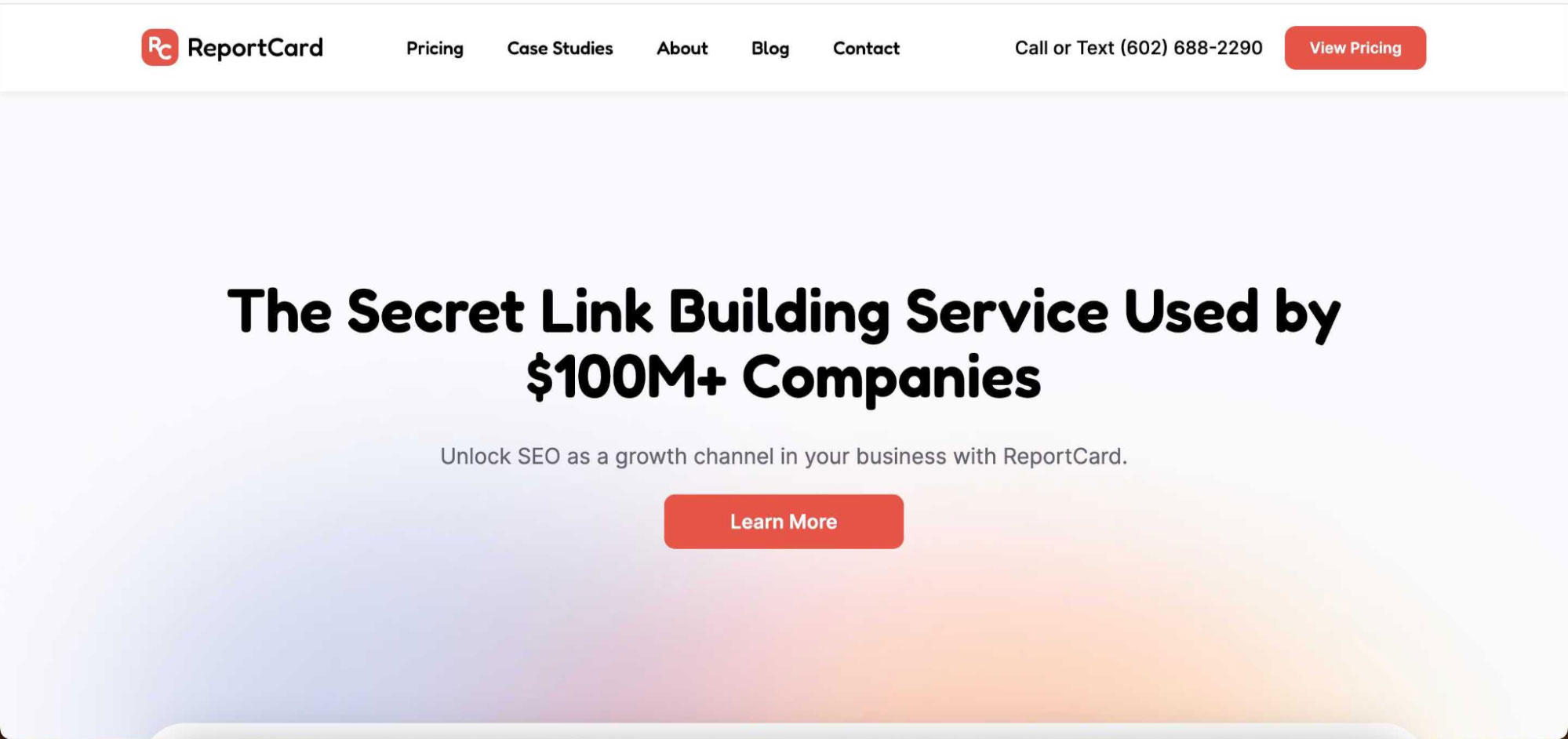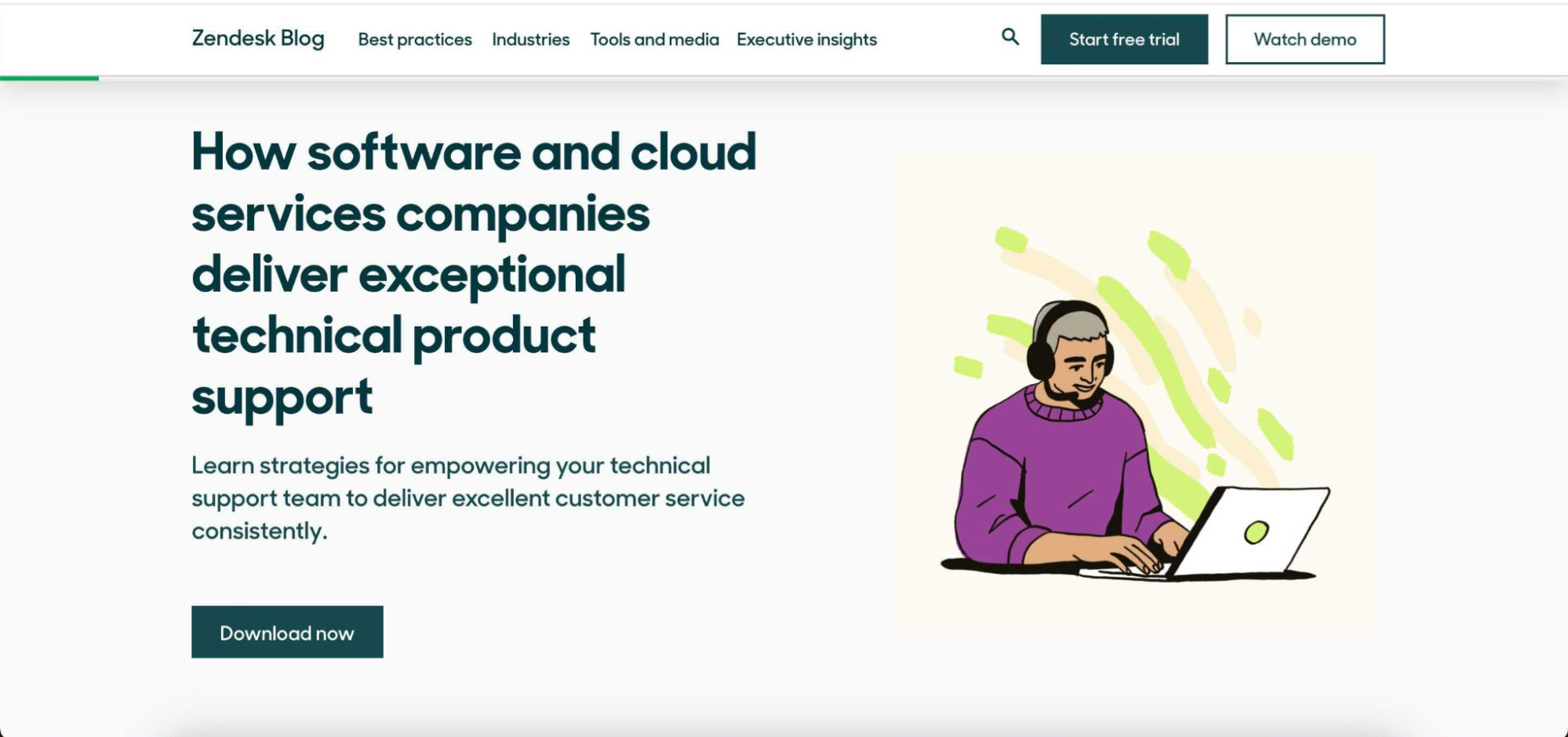
It’s no secret that links are one of the strongest ranking factors for search engines such as Google. If your website has plenty of strong backlinks (to the right pages), you’ll see an improvement in your rankings. The problem? Many businesses are very new to SEO and they need a link building plan.
If you’ve never built links before, you could easily get tricked by agencies and freelancers trying to sell poor-quality links at a low cost. But not any more – today, we’ll show you a link building plan you can follow and build amazing links, whether you do it yourself, with an agency or someone else.
What is a link building plan?
A link building plan is a structured set of rules and guidelines for how to build links for your website. It includes instructions such as:
- What kind of links you want to build
- What the end goal of your link building campaign is (the metrics for success)
- Which pages you want to build the links to
- Which link building techniques you use
- How and when success is measured
A link building plan gives you direction and helps you determine what kind of links you want to build to achieve your desired results.
Whether you just launched a new website or one that has been up for years, a link building plan is a must if you’re serious about SEO. Your in-house SEO team or outsourced agency can use it to stay on budget and build the kinds of links that move the needle for your website.
Before creating your link building plan…
You should know that no two link building plans are the same, as there are unique circumstances for each website. Here is a checklist of things to go through before creating your plan – or using our link building plan template above.
- Determine who your audience is. How they consume content and purchase and what kind of ROI you can expect from SEO.
- Determine your link building budget. As we covered before, high-quality backlinks cost upwards of $250 per link and you need a good number of backlinks to make an impact.
- Take a look at your competition. The link building strategies they use, the velocity of links they build, their content marketing efforts and successes and more.
- Learn what makes for good and bad links. While you can tell quality content apart from the bad content, you should learn what makes for a good link: target page, anchor text, domain rating, website relevance, etc.
Site owners should know all of these things before starting out their own link building operations or outsourcing the work. Worry not though, because websites such as ReportCard have lots of in-depth content around link building and search engine optimization.
With that out of the way…
The only link building plan you will ever need
If you’re a digital marketing expert, creating your unique plan is going to be much easier, but the plan below applies to anyone who wants to improve their backlink profile. Here is a step-by-step guide to building links that make a difference.
Step 1: make your website and branding spotless
Make it easy for others to link to you by having a clean, well-structured website with great design and user experience. You want high-quality links from great websites, and other site owners want to link to amazing websites. If your website looks outdated and spammy, your chances of landing great link opportunities plummet.

Make sure you have a great hero image, all the relevant links in your navigation bar, as well as a copy that clearly explains what kind of problems you solve, and for what kind of target audience. Make sure your website loads quickly and is optimized for all types of devices.
If you don’t know where to get started, take a look at some competitor websites before consulting with an experienced designer to get tips for improvement.
Step 2: clean up your online presence
Besides your own website, you need to appear like a reputable brand in front of others. This means creating your social media profiles (if you don’t have them already) and making sure they’re all on-brand.
Social links contribute slightly to your overall SEO success, and they also help with building relationships with other brands, partners and link builders. Most importantly, make sure all your social profiles link back to your website.
Step 3: get links from directories
Online directories are places that list websites operating in a certain industry or area. Getting links from directories should be one of the first link building tactics you should try out, because most directories will link back to your webpage for free.
You can get a good number of homepage links from these websites. Also, you get a unique chance to check whether the information in the directory is correct: your address and contact information, among other things. This is a must for local SEO backlinks.
You can get directory backlinks on autopilot through services such as BrightLocal. For international businesses and those not bound by location, you’ll have to do some manual work to get new links from directories.
Step 4: do a website content audit
Before you build backlinks to your website, you should see how your website is already performing. If you have a brand new website, don’t skip this step because you want to learn what you can do in the future to see if your link building efforts are working or not.

A tool such as Ahrefs can give you a quick overview of your SEO performance
Use an SEO tool to find out what kind of content you already have and how it’s performing in terms of Google search performance and the number of backlinks. There are many great options out there, from free ones such as Google Analytics and Google Search Console to paid ones like Ahrefs, SEMrush and Moz. You can use these for a full SEO audit or just a backlink audit depending on your needs.
With these tools, you’ll be able to answer some of the following questions:
- How much organic traffic do I have?
- What are my best pages in terms of organic traffic?
- What is my current and desired domain authority/domain rating?
- What is my top performing piece of shareable content and why?
- Which pages get the most backlinks and where do these backlinks come from?
- Which pages don’t get any traffic and/or backlinks and why?
- What existing content do I have that could be great for attracting backlinks?
- What are the top keywords that I rank for and what keywords do I want to rank for?
- What do my internal links look like? Do I have enough links pointing internally to my most important content?
- What is my ratio of dofollow and nofollow links?
This step is essential because you need to know where you stand before choosing the best link building tools and methods to get where you want to be.
Step 5: competitor analysis
Analyzing your competitors is a part of every great SEO strategy. This is why it’s essential to analyze your own website performance first. You probably already know who your biggest competitors are, and SEO tools like Ahrefs will show you how they stand in terms of SEO. And the best part is that you can do an audit of their website without special access – all you need is an Ahrefs subscription.
When doing a competitor analysis, you’ll be taking a look at the same things as you do with your own website, with a few small tweaks. You want to look at their most valuable content, top pages and linkable assets, what type of content performs best and where they have the largest number of links.
You want to pay special attention to the websites where your competitors have links from. You can do this with a simple gap analysis in Ahrefs. You can learn:
- Which websites your competitors have links from, but you don’t
- Which of their pages have the highest number of links and are potential money pages
- Which websites you could reach out to and get links from – if these bloggers linked to your competitors, they are likely to link to you to
With these tools, it’s easy to do a competitor analysis on a regular basis, which we strongly recommend.
Step 6: create linkable assets
Link building becomes a lot easier once you have something on your website that is worth linking to. Especially if you want to do relationship-based link building and not outright pay for links, you want to provide value with your content. And valuable content tends to get a lot more links than thin content that no one reads.

Example of a linkable asset from Zendesk
Some examples of linkable assets include:
- Infographics
- Ultimate guides and walkthroughs
- Cheat sheets
- Unique research with relevant statistics
- Roundup posts with relevant industry expert quotes
Having this kind of link-worthy content ensures that other bloggers will link to you naturally at some point, instead of having to write manual outreach emails all the time. High-quality content makes life easier for your link building team and is a great long-term investment for the brand.
Step 7: choose the best link building strategies for your goals
There are many different ways to build links and we’ve talked about them in detail on the ReportCard blog. Depending on how much time and budget you have and what kind of results you’re hoping to get, you can try out one, more or all of the techniques available.
Some excellent starting points include:
- Guest blogging (also known as guest posting)
- Broken link building
- Pursuing unlinked brand mentions
- HARO link building
- Link exchanges
- Niche insertions
- Links from resource pages
- Link reclamation
- Getting links from podcasts
- Creating and promoting infographics
Whichever strategy you opt for, there is a high chance that bloggers won’t naturally link to you without you asking first. This is why you need to do targeted outreach – and get in touch with websites that would link to your old or new content assets.
For example, HARO link building is a great approach for brands who are new to link building, while link reclamation is a bit of an advanced strategy that requires better SEO expertise.
Wrapping up
If you’re ready to beat the algorithm and win in Google search engine results, start by using and adapting this link building plan. It fits just about any budget, industry and type of website out there and you can use it to create great content and build amazing links.
And if you don’t have the resources in-house to build great links, delegate the job to someone you can trust. At ReportCard, we’ve built all types of high-quality links for multi-million dollar brands in various industries. And we can build them for you too.
Get in touch today to see how we can scale your link building!



